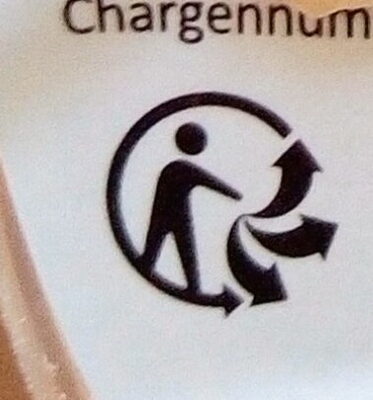Fruits confits assortis - La Patelière - 150 g
Barcode: 3278584112038 (EAN / EAN-13)
Common name: Fruits confits assortis
Quantity: 150 g
Brands: La Patelière
Categories: Plant-based foods and beverages, Plant-based foods, Fruits and vegetables based foods, Snacks, Sweet snacks, Confectioneries, Fruits based foods, Candied fruits, Cooking helpers, Pastry helpers
Labels, certifications, awards:
Green Dot
Origin of ingredients: Unspecified
Manufacturing or processing places: France
Link to the product page on the official site of the producer: https://www.lapateliere.com/gamme/gammes...
Stores: Auchan
Countries where sold: France
Matching with your preferences
Report a problem
Data sources
Product added on by drunkenbison
Last edit of product page on by naruyoko.
Product page also edited by chevalstar, packbot, vaporous.












